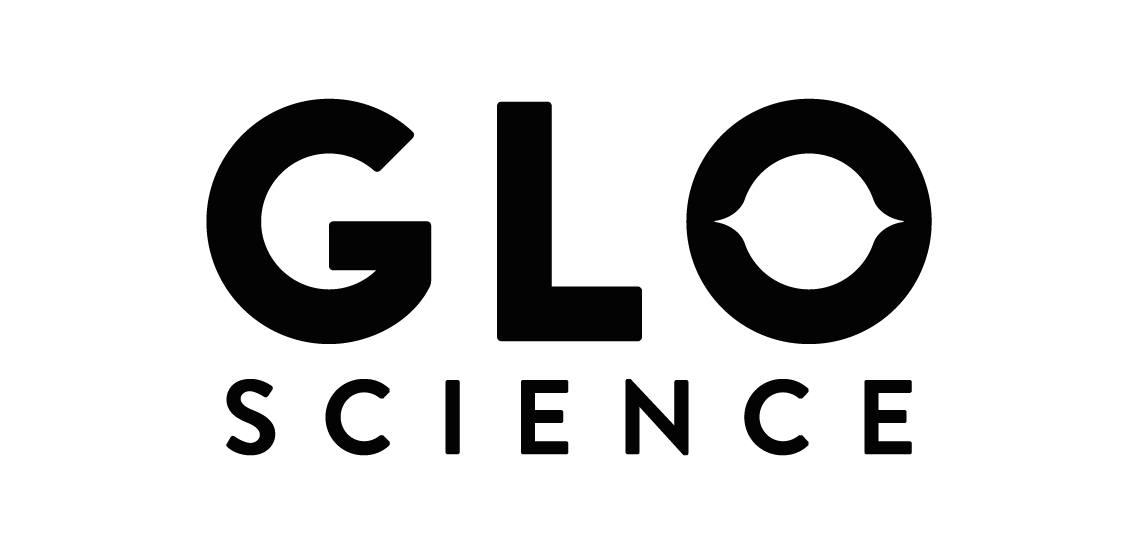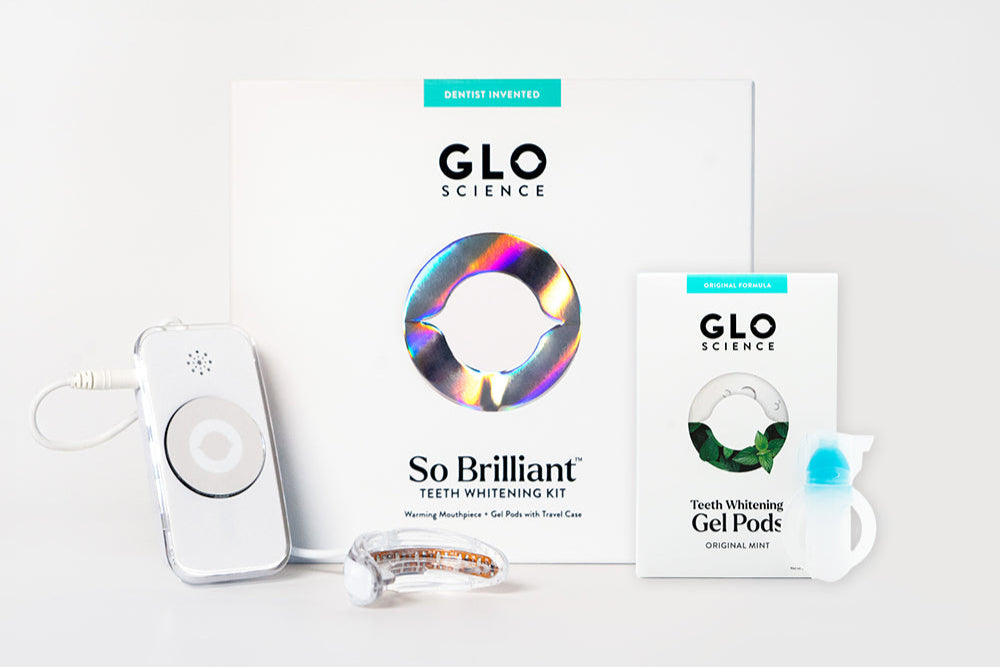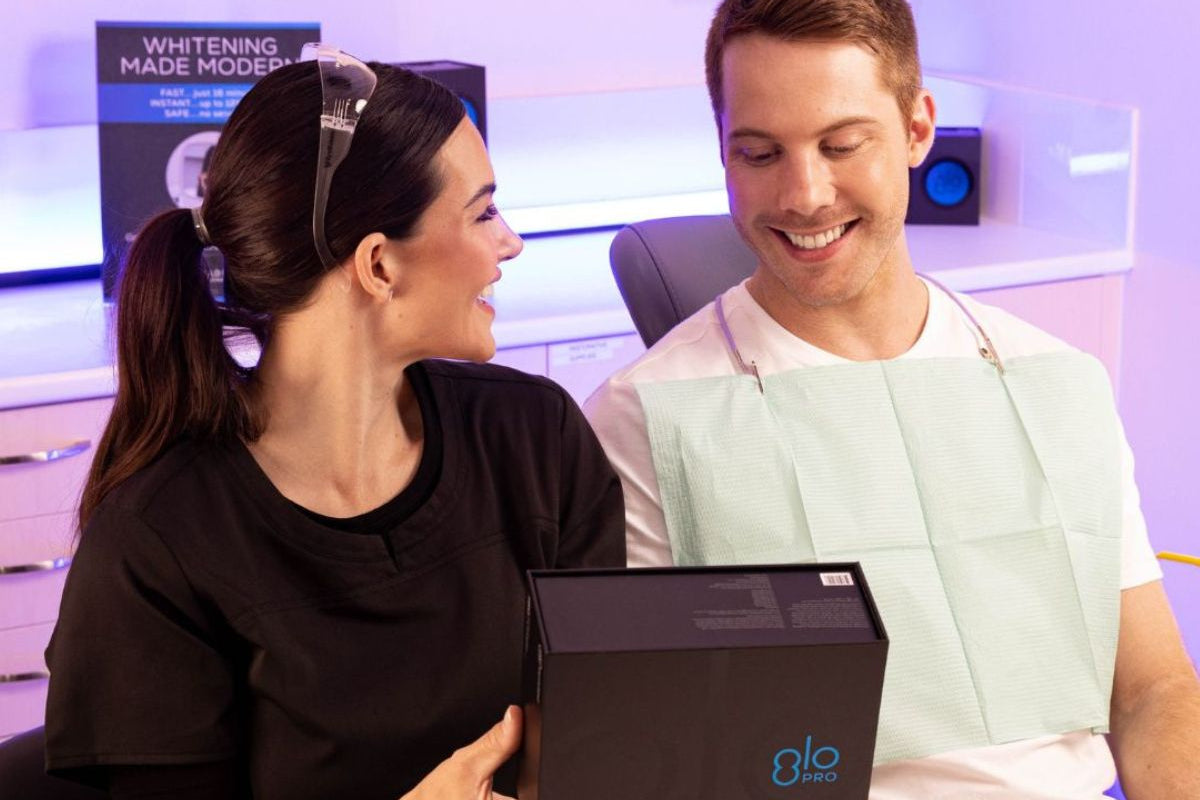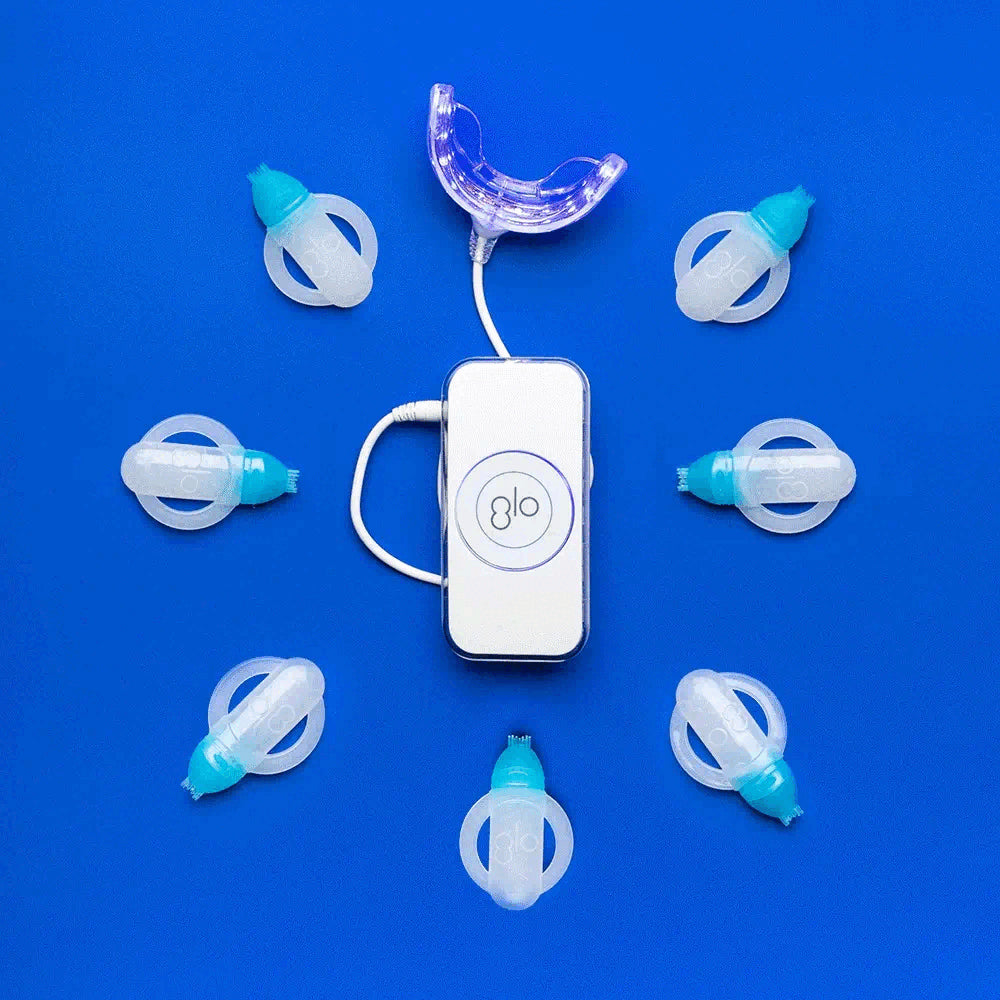As winter winds down and warmer months loom ahead, you may be dreaming of summer vacations and trips to the beach. To prepare for these festive getaways with white sand beaches and colorful sunsets, you may be hoping to get a golden tan - and nothing goes better with glowing tan skin than a radiant white smile. Tanning salons may be popular to boost your color quickly, but can they also help you brighten your teeth? Let’s explore the effects of UV light and its role in tanning and whitening, along with the risks and drawbacks.
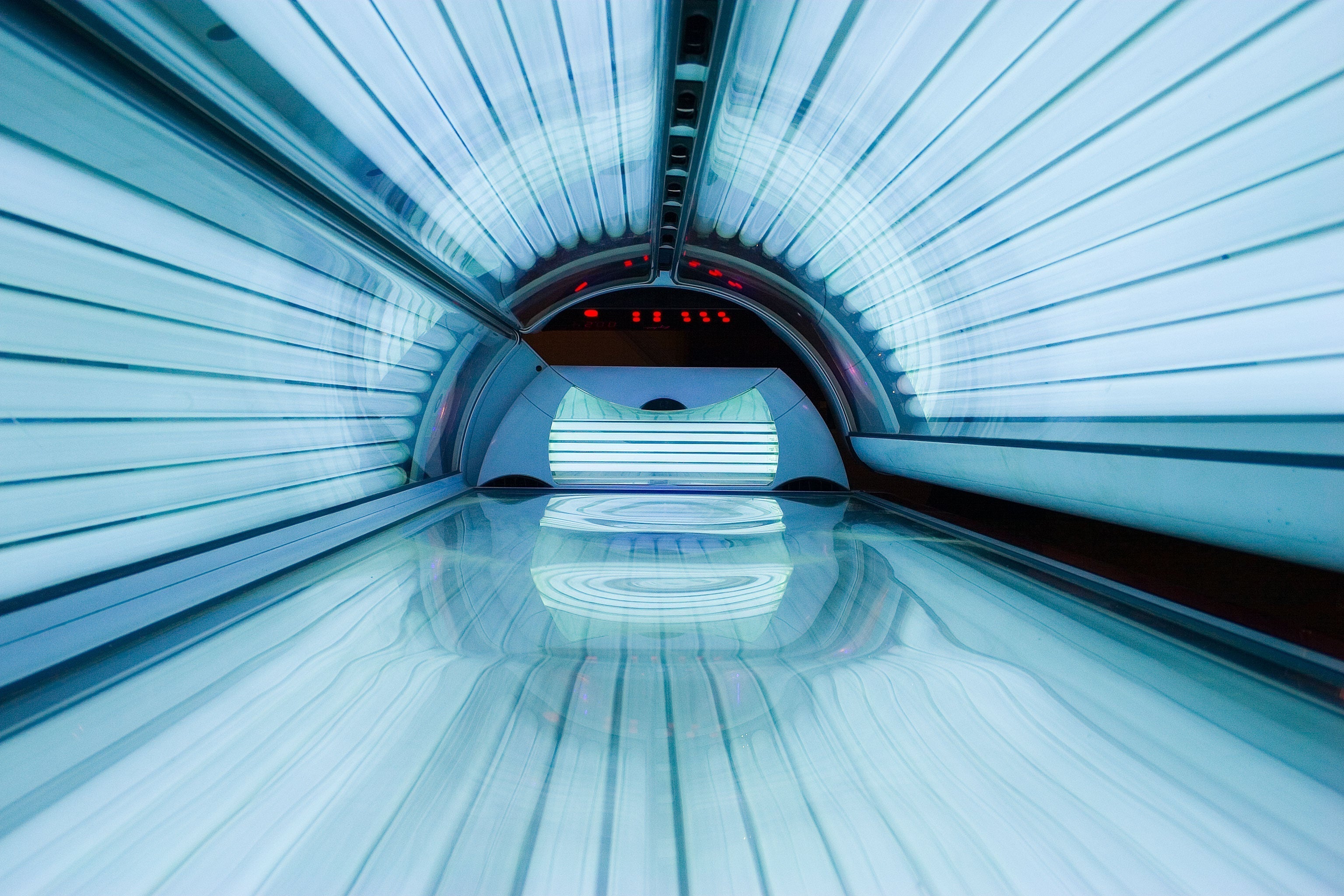
Do Tanning Beds Whiten Your Teeth?
How tanning beds work?
It’s essential to learn about the effects of UVA and UVB light on the skin to understand how tanning beds work. UVB light sinks into the outer layer of the skin, or the epidermis, causing sunburns and irritation. UVA light, however, penetrates deeper layers of skin and triggers cells to produce melanin. Melanin causes the color in your skin, hair, and eyes. Once your skin is exposed to UVA light from the sun or UV lights of a tanning bed, it can continue to trigger melanin production for up to 48 hours.
However, this process isn’t risk-free. UV light in tanning beds has been shown to significantly increase the risk of premature aging, causing wrinkles, sunspots, and skin damage. Even more severe is the risk of developing skin cancer from UV light exposure. Tanning beds can cause skin cancer - just one session in a tanning bed has been shown to increase the risk of melanoma by 20%, basal cell carcinoma by 29%, and squamous cell carcinoma by 67%.
There is no 100% safe way to tan skin, as all light exposure can increase the risk of skin cancer. Tanning beds carry incredibly high risks, as the light is concentrated and very close to the body with little protection. It’s important to use broad-spectrum SPF 30 or higher on areas of the body not covered by clothing to protect from harmful light rays to tan more safely. This will likely slow down the tanning process, but will ensure safer results with less skin damage.
How tanning beds whiten teeth?
Light doesn’t just affect the skin. It can also impact the color of the teeth. However, it is important to note that teeth may look whiter in comparison to more bronze, tanned skin rather than truly whitening teeth.
In the same way that light causes a reaction in the skin that creates a color change, light can also accelerate a reaction in the enamel to whiten teeth. However, when used to whiten teeth, light must be paired with a whitening agent like hydrogen peroxide whitening gel. This is because light does not cause teeth whitening, but may accelerate the oxidization reaction of hydrogen peroxide which erases discoloration in enamel.
UV light isn’t optimal for teeth whitening, as it can be harmful and isn’t an effective catalyst for brighter whitening. Rather, you should oInsteadED light like those found in professionally-designed whitening devices. This form of light is safer and more effective in boosting whitening and brighten teeth.
Can a tanning bed whiten teeth?
In short, tanning beds can certainly help to give you a sunny bronze glow. But they aren’t without drawbacks. And they are not proven to help whiten teeth. Other forms of light, like LED light, accelerate the chemical reaction from hydrogen peroxide and break up discoloration on the enamel.
Alternatives to tanning beds for teeth whitening
So if you’re looking for an easy and safe way to get a more radiant smile just in time for your summer adventures, consider exploring GLO Science’s collection of whitening devices for a brighter, whiter smile, that you can use while tanning.
